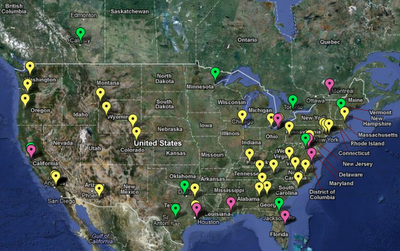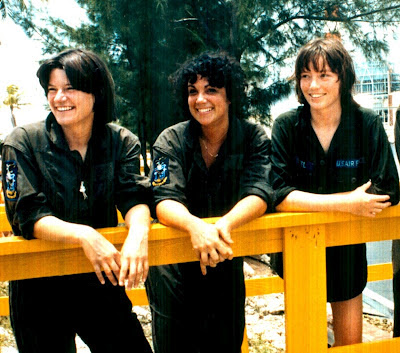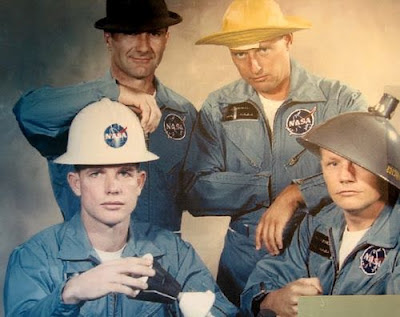Humans have attempted to send 41 spacecrafts to Mars. Success rate? Yikes. The Mars Science Laboratory (MSL) or Curiosity Rover is the 42nd Mars mission, and also the largest craft ever sent from Earth to the Red Planet.

Click to see the amazing original at Space.Com!
All the artificial objects on Mars, compliments of NASA, RFSA, ESA and JAXA, come to about 18,000 pounds or 9 tons. It may still sound like a substantial heap of hardware, but it's a meager showing in contrast to other exploration sites.
The USSR sent 16 space crafts to Venus between 1966 and 1985; the USA sent 5 probes, all in 1978. The scattering of capsules, landers and even balloon gondolas, amounts to just under 50,000 pounds or 25 tons. The USA, USSR, Japan, the EU, India, & China now have 73 probes, [intentionally] crashed orbiters, landers, and rovers on the lunar surface, whereby our Moon holds a whopping 393,000 pounds of space crafts, or nearly 200 tons of human-made metal.
Given that Mars is the best option for ancient life or future life, why such a poor comparative showing?

It's certainly not for lack of trying, but the Mars success rate (even with generous "partial" successes) isn't even 50%! Only 13 out of 41 fulfilled their mission directives, while the majority of crafts have either failed to break Earth atmo, died somewhere along the journey, or suffered communication malfunctions, leaving their fates a mystery.
Even given these stumbles , I don't understand people who say odd things like "Oh my god, the new entry, descent and landing (EDL) sequence is untried!"
Hey, this is exploration. At one point or another, everything was untried.

Notable Martian successes include Viking I & II orbiters and landers (1975-82), Pathfinder and Sojourner (1997), Spirit and Opportunity rovers (2004-present), the Mars Reconnaissance Orbiter (2006) and the Phoenix lander (2008), which discovered subsurface water ice.
Notable failures... well, how much time you got? Not one single Mars craft sent by the Soviet Union or Russian Federation has ever fulfilled all mission objectives. Their latest didn't even make it past Earth orbit.
As for American missions, the most cringe-worthy was probably the Mars Climate Orbiter (1998-99), where different software outputs of both metric measures and imperial measures caused the craft to go off course into the atmosphere, where it disintegrated. Another major setback was the loss of communication with the Mars Polar Lander (1998-99).
Success or failure? It's always been less than a coin toss. By this time next week, we will know into which category Mars Curiosity shall fall! No pun intended.



















































































